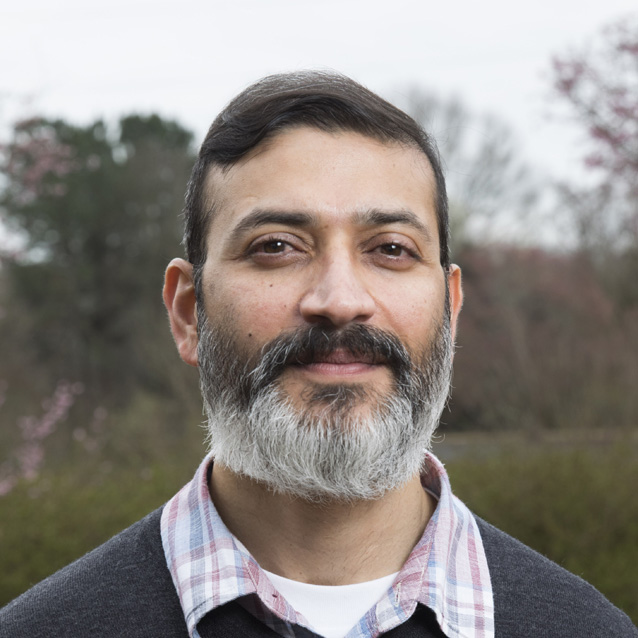- Ph.D., The University of Georgia
- M.S., Griffith University,
- Brisbane, Australia
- B.S., Bangalore University,
- Bangalore, India
In the Lab
Carbohydrates are an important and often underappreciated class of biological macromolecules that play important roles in development, and in repair and regeneration post-injury. Defects in carbohydrate biosynthesis and alterations in carbohydrate composition are known to result in several undesirable outcomes such as developmental abnormalities, cartilage breakdown and reduced myocardial tissue integrity to name a few. Carbohydrates also play important roles in a number of biological processes, a few of which include: binding trophic factors and cytokines, controlling stem cell differentiation, cell fate and self-renewal, directing neuronal path-finding, and protecting and stabilizing proteins. While bio-compatible synthetic polymer and peptide based biomaterials have gained widespread acceptance for regenerative medicine applications, the potential of natural carbohydrate based biomaterials for regenerative medicine has not been fully explored. My research integrates methodologies from engineering disciplines and biology, and uses an interdisciplinary approach to help understand, manipulate and design novel carbohydrate based biomaterials for spinal cord injuries (SCI), traumatic brain injuries (TBI) and neural interfacing applications.
Peripheral nerve injuries cause severe disability with decreased nerve function often followed by neuropathic pain that impacts the quality of life. Even though use of autografts is the current gold standard, nerve conduits fabricated from electrospun nanofibers have shown promise to successfully bridge critical length nerve gaps. However, in depth analysis of the role of topographical cues in the context of spatio-temporal progression of the regenerative sequence has not been elucidated. Here, we explored the influence of topographical cues (aligned, random, and smooth films) on the regenerative sequence and potential to successfully support nerve regeneration in critical size gaps…. Read More Visit the Karumbaiah Lab.
Research Interest
- Glycomaterials for Neural Tissue Repair
Links
- Publications by Dr. Karumbaiah may be found at PubMed.
- For more information visit the Karumbaiah Lab.

